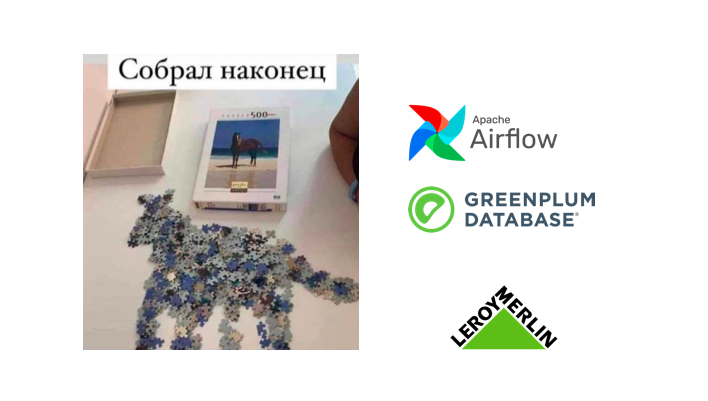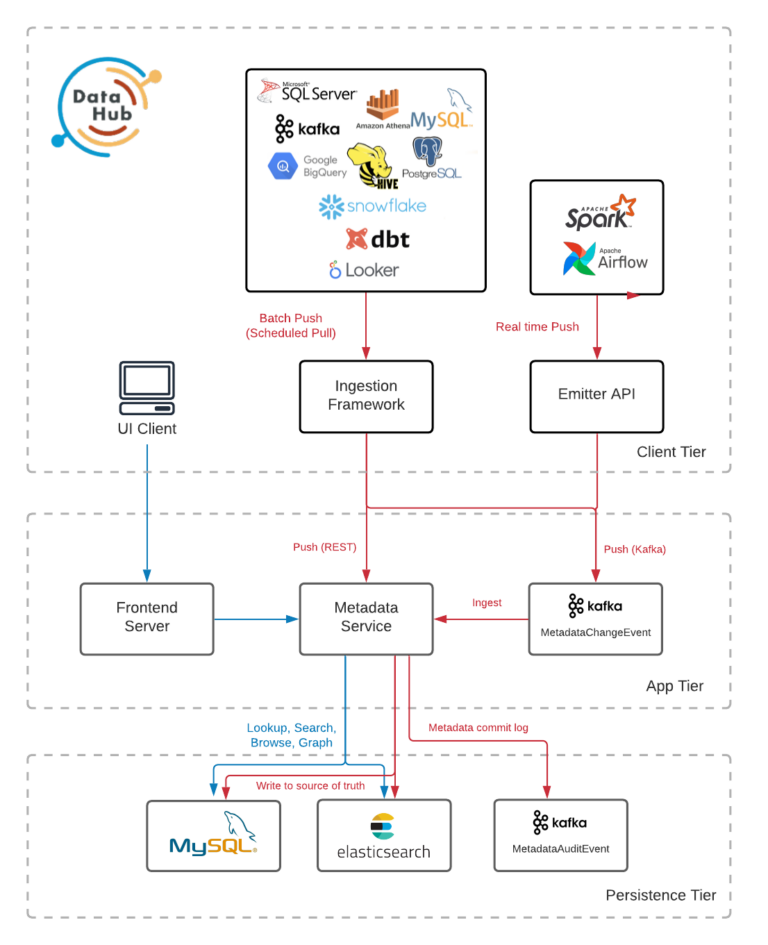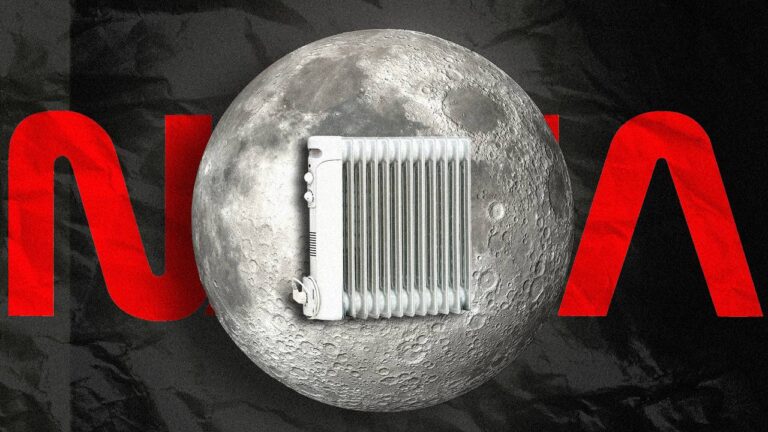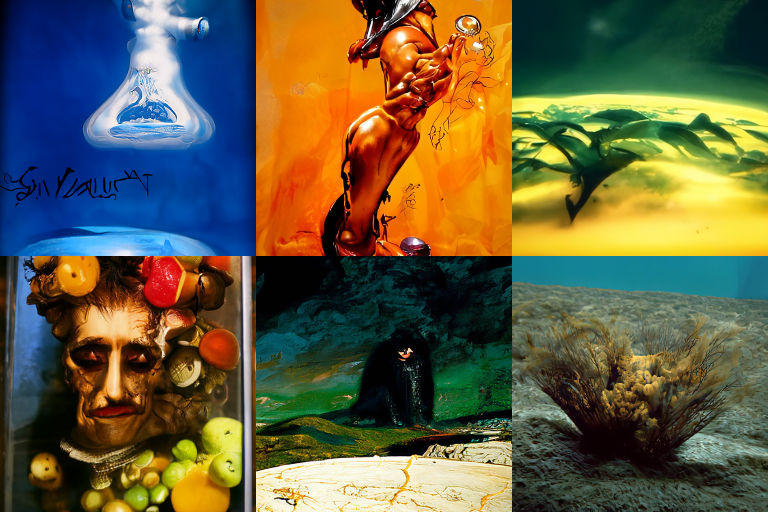a brief history of nickel
methods and devices, such as batteries, for directly converting chemical energy into electrical energy H01M – 43.9%;
protection of nature in different processes Y02P — 20.0%;
metal compounds C01G — 18.1%;
inorganic chemistry C01P — 17.5%;
alloys C22C — 12.1%;
chemical and physical processes B01J – 10.9%;
coatings C23C – 9.8%;
semiconductor devices H01L — 9.0%;
transport-related climate mitigation technologies Y02T — 6.5%;
non-metallic elements; their connections C01B — 6.3%;
obtaining compounds or non-metals by electrolytic methods C25B — 6.3%;
powder technologies B22F – 6.2%;
miscellaneous equipment Y10T — 5.9%
climate mitigation technologies associated with wastewater treatment Y02W — 5.0%;
application of nanostructures B82Y – 4.8%;
coating by electrolytic method or electrophoresis method; electrotype C25D – 4.7%;
capacitors; capacitors, rectifiers, detectors, switches, light-sensitive or temperature-sensitive devices of the electrolytic type H01G – 4.3%.
The FIPS database for “nickel” contains 7146 Russian patents for inventions, of which 2590 are active. This is an extremely high figure compared to other metals, non-ferrous and ferrous, rare and rare earth!
The topics of nickel inventions in the Russian Federation are also diverse.
In the “process technologies, B” section there are 643 patents. Production methods are aimed at various structural alloys with the participation of nickel (No. 2623545, 2614919, etc.), cermets (No. 2608112), metal catalysts, in particular No. 26359755 and 2616601, coatings (No. 2586376, etc.), composites (No. 2286243) , hard magnetic particles (No. 2514268), etc.
In the section “chemistry and metallurgy of nickel, C” 2210 patent – from the hydrometallurgy of primary nickel to a variety of metal, ceramic and other compounds, in particular a method for producing a TiNi alloy with predictable properties using additive technologies (No. 2772811 and 2808118), corrosion-resistant austenitic steel ( No. 24990750).
In the “electricity H” section – 153 patents, most in electrical engineering (various chemical current sources – No. 2407112, No. 2661340, etc., solar batteries – No. 2526633, fuel cells – No. 2678438, supercapacitors – No. 2763028); a lot on microelectronics, for example, patent No. 2367062 – semiconductor resistor; No. 2367061 strain gauge; No. 2668038 – photoconverter chips; Schottky diodes – No. 27039931, etc.
There are 579 Russian patents for nickel utility models. Of these, 99 are operational, mainly machine parts and mechanisms. In microelectronics and electrical engineering – 34 pieces. For example, No. 215720 – diode; No. 223878 – case for blocking the signal of a mobile device; No. 1883394 – powerful hybrid microwave integrated circuit; No. 158240 is a semiconductor device with increased resistance to dynamic avalanches.
There are 53 computer programs for the word “nickel” registered in the Russian Federation. They are mainly devoted to technological processes and device calculations; examples are:
Charge supply control system for the nickel reduction smelting process in an electric arc furnace (No.2016610532);
Calculation of carbon activity in complex alloys based on nickel (2016617900);
Program for simulating the electrical switching process in NiO structures “NiO-RESET” (2016614618).
There are 52 databases on nickel in the Russian Federation. They mainly concern the environment. In the technical field there are only a few of them, in particular – No.2019620020 “Elemental composition of a composite material formed by selective laser melting of heat-resistant nickel alloy powder VV751P on a substrate of titanium alloy VT20.”
Also, 2 topologies of integrated circuits with nickel are registered in the Russian Federation, both of JSC Silicon El Group:
No.2017630137 — Electronic code key chip (it uses two-level metallization, the lower level of which is made of aluminum, and the upper level is made of nickel-silver layers).
No.2022630191 — “Schottky diode crystal for a small-sized package KT-46” (the contact is made by sputtering platinum and nickel).
Prospective Research
The database of research, development and technological works for civil purposes includes 8959 documents on nickelmainly research reports on grants and dissertations.
Our attention was drawn to information about research projects being started with deadlines in 2025-2026. Control of activity and selectivity through control of excess energy and availability of active sites of catalysts based on Ni, Co, Cu, Cr for the production of sorbitol, mannitol, maltitol by hydrogenation was undertaken for 3 million rubles. from the Russian Science Foundation Ivanovo State University of Chemical Technology. The paper proposes to compare traditional synthesis methods with other synthesis methods, including the MA (mechanochemical activation) and SHS (self-propagating high-temperature synthesis) methods.
Voronezh State University began to develop a highly sensitive luminescent sensor of tetracycline group antibiotics in milk based on Ag2S semiconductor quantum dots for a grant of the same amount. The project is aimed at developing techniques for controlling the luminescence parameters of colloidal QDs by functionalizing their interfaces with passivators, transition metal ions (nickelzinc), amine and thiol silanes, prone to complex formation with antibiotic molecules.
Development of the scientific basis for the use of laser radiation to create new volume-structured heterogeneous materials with specified properties and synchrotron radiation to determine their phase composition for 6 million rubles. from the Ministry of Education and Science of the Russian Federation became the subject of research at the Institute of Theoretical and Applied Mechanics named after. S.A. Khristianovich SB RAS.
conclusions
Nickel is a kind of Russian specialty; here our achievements and successes, scientific discoveries and technological breakthroughs are certainly high. Starting from design at Gipronickel, through production at the famous Norilsk Nickel – to ordinary and modest users such as Roscosmos, United Shipbuilding Corporation, United Engine Corporation, etc. World achievements include dispersion-strengthened steels developed by VNIINM and blades made of nickel alloys for aircraft engines from VIAM.
The patent situation in basic nickel applications is excellent, but in innovative segments such as high-performance lithium-ion batteries or high-power microwave devices, it is uncertain (perhaps not all inventions are patented in the open field).
Meanwhile, many experts see the role of nickel as a critical element for ensuring a confident transition to a new technological structure with the abandonment of fossil fuels in favor of advanced systems of electrochemical energy storage and conversion. In particular, the main classes of nickel-containing materials for positive electrodes (cathodes) of metal-ion batteries have been studied, and the place of nickel among other 3D metals used in the electrochemical energy storage industry has been determined.
Perhaps potential cooperation with Chinese comrades will speed up this research. Let us recall that Central South University from China took third place in our ranking.
Useful from Online Patent:
How to get government support for an IT company?
What benefits can you get from registering a computer program?
More content about the field of intellectual property in our Telegram channel





